Parkdale Japanese teacher hosts Onigiri event; students donate
Former Parkdale student Jack-Kevin Hudelga (centered), who is still being taught by Ogata Sensai at UMBC, helps Ms. Lydia Abrue (left) and Jaylee Nguyen Tran with their Onigiri-making. (photo courtesy of Kenneth Pineda)
On Nov 3 and Nov 4, Japanese teacher Michiko Ogata–referred to as Ogata Sensei, brought a fun and engaging lesson to all of her classes by holding an “Onigiri Event” for her students and staff members. Onigir, or Japanese rice balls, is a traditional Japanese dish made with rice that is formed in a triangular shape, filled with filling and wrapped in dried seaweed.
Ogata Sensei bought all the ingredients necessary for all class periods to create the rice balls. The ingredients consisted of rice, seasoning, and seaweed. The seasonings/filings that students and staff could choose from were sesame & seaweed, sour plum, bonito flakes, and regular salt.
At the event, students lined up in groups with a plate lined with plastic wrap. Rice was then planted on the plastic wrap, and students went to the seasoning station of their choice and got their filling. Afterward, they received a strip of seaweed and sat down while Ogata Sensei introduced the proper method of shaping the rice ball and attaching the seaweed to it. Everyone was allowed to have up to three rice balls.
Once finished, student’s could munch happily on their rice balls–or could they? Student’s seemed to really enjoy the rice balls.
“I enjoyed eating the Onigiri,” said sophomore Jaylee Nguyen Tran. “My favorite was the bonito flakes; if I were to recommend one to someone, it would be the sesame and seaweed, as I feel that is the safest option.”
However, before eating everyone was to take a photo of their rice ball and upload it on the Tablefor2 website under the hashtag #OnigiriAction. Tablefor2 is a non-profit organization that donates five meals to people in need for every photo of Onigiri uploaded on their site, giving students the opportunity to have fun and give back to the community while learning about Japanese culture at the same time.
“I think that it was really nice being able to support a foundation for those less fortunate than me and at the same time have fun,” said Nguyen Tran.
The event also helped to teach students about the cultural aspects of Japan.
“Onigiri was a comfort food growing up,” said Ogata Sensei. She explained to students how Onigiri was the type of food that everyone knew how to make. Ogata Sensei continued on her lesson to students by teaching them the Japanese concept and view on food waste.
“In Japan, it is really bad and kind of seen as disrespectful to leave anything on your plate,” she recalled. “When we were kids, they would even scare us by saying a monster would get us if we left any food behind.”
To the end of the lesson, Ogata Sensei taught students about the Japanese phrases “Itadakimasu,” which is used before eating and translates to “Thank you for this meal,” and “Gochisousama” which is used after the completion of a meal with the same translation.
During the lesson, Ogata Sensei explained that these two phrases are used by Japanese people before and after they have finished a meal. It is used to thank the creator of the food and the food itself for sacrificing itself to feed the consumer.
All in all, it’s safe to say that teachers are becoming increasingly creative with bringing knowledge to students in the classroom while supporting a great cause, truly making learning fun and innovative.
“The Onigiri event was a fun experience, and it was cool trying something I was kind of familiar with,” said Nguyen Tran. “Moving forward, I would like to see more culturally inclusive events as I feel that the Asian community is one that’s left out compared to those of Black and Hispanic ethnicities.”
Since her arrival at Parkdale, Ogata sensei has been incorporating more Asian & Japanese influence around the school to help make sure all cultures are represented in Parkdale, including last school year’s Japan Day.
Check out our gallery below — all photos shot by senior Kenneth Pineda
Your donation will support the student journalists of Parkdale High School. Your contribution will allow us to cover our annual website hosting costs and publish some printed editions, as well.
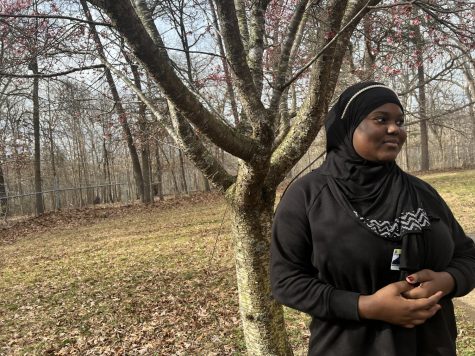
Aissata, more commonly known as That Girl, is a junior and has been working at the Paw Print as Chief Copy Editor for two strong years. She is a future...


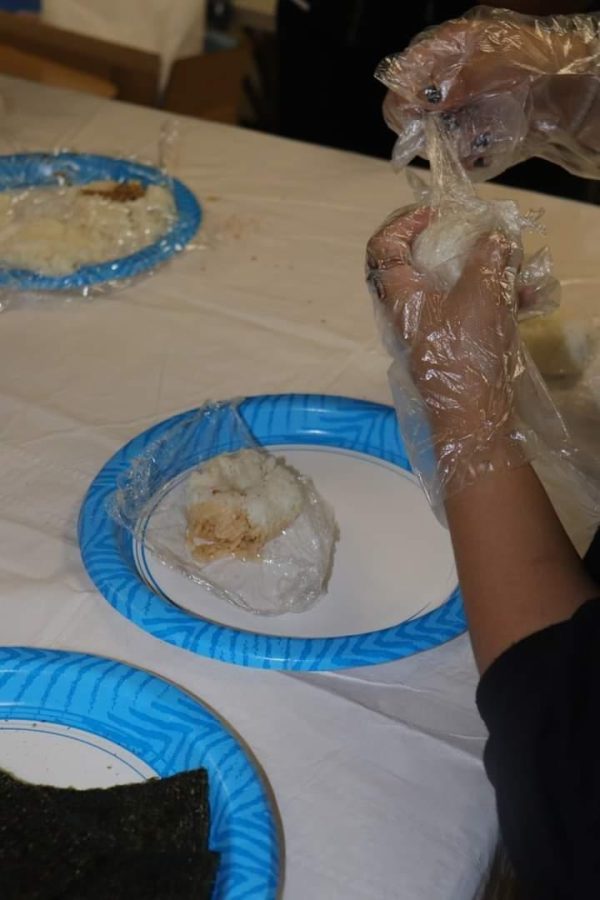
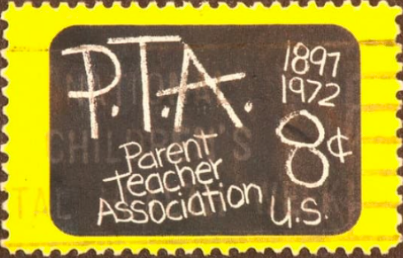
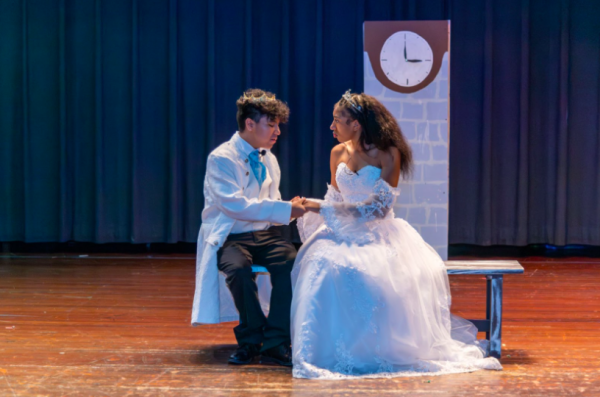
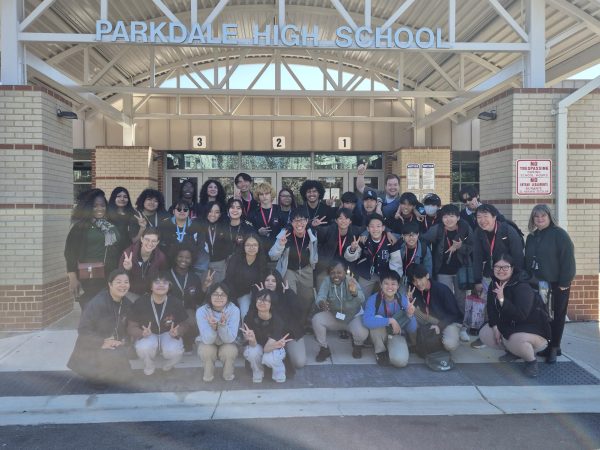




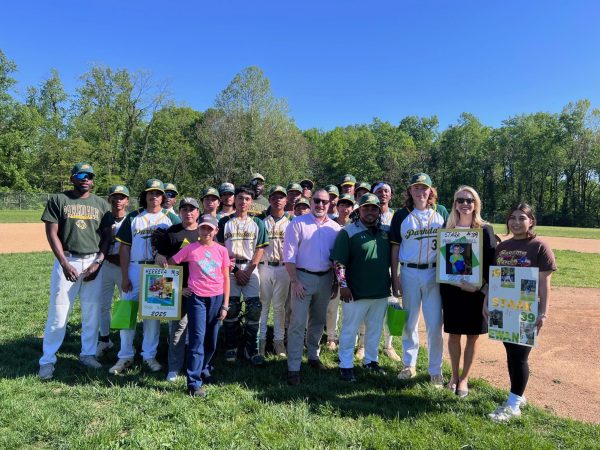

Victoria Nguyen • Feb 14, 2023 at 10:50 am
It was very fun being a part of this activity.
Maria F. • Feb 14, 2023 at 10:49 am
I had so much fun participating in this activity this year!!
Ruth V • Feb 14, 2023 at 7:13 am
Japanese culture is so interesting and fun! I’m so happy I took it because our teacher, おがたせんせい is very great and patient with teaching!
Kelly Loyo • Feb 14, 2023 at 7:12 am
It was really fun doing this activity & the Onigiri I made tasted so good! ありがとございます!